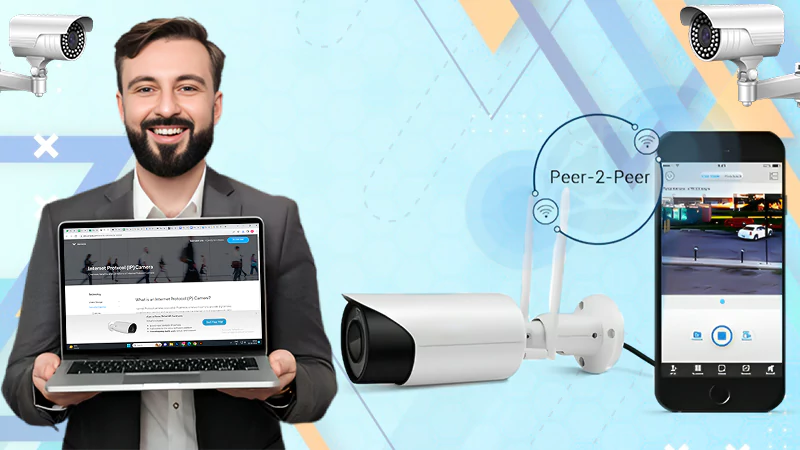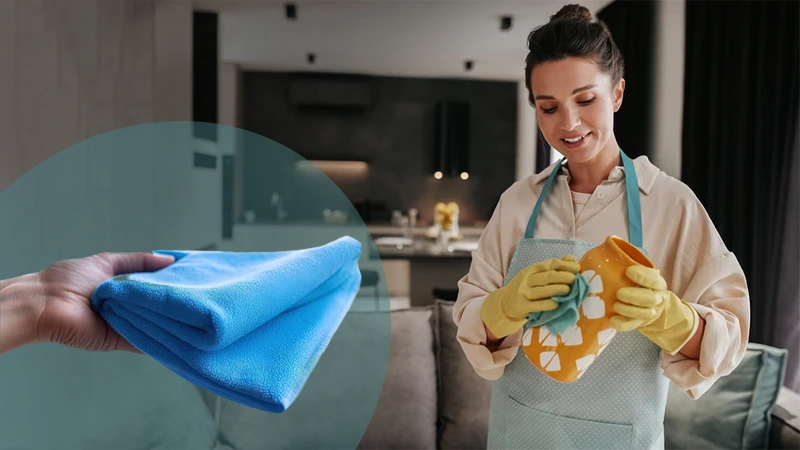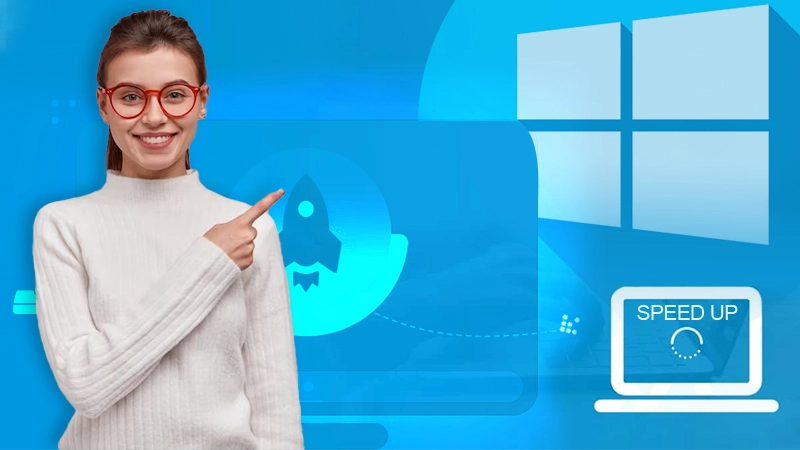How Is Technology Making Workplaces Safer?
A total of 5,333 workers died from a work-related injury in the U.S. in 2019 (an increase of 2% from the previous year). The statistics are a clear call for the need for technology to step in to reduce work-related deaths and injuries. The U.S. Bureau of Labor Statistics (BLS) reports that some of the occupations with the highest incidence rates of workplace injuries in 2019 included nursing assistants; heavy truck and tractor-trailer truck drivers; laborers and freight, stock and material movers; and construction workers. Even retail salespersons have approximately 60 incidents per 10,000 full-time workers. Read on to discover some of the most interesting innovations that are helping to stop work accidents and injuries in their tracks.
Drone Use in Construction
Even though construction workers make up only 6% of the workforce, around 20% of work-related deaths occur in this industry. Non-fatal injuries are also rife and make up the largest percentage of cases taken by personal injury lawyers. Just a few causes of on-site accidents include scaffolding fails, electric shocks, burns, chemical spills, and crane incidents. Today, drone technology is used in various ways – for instance, it is utilized to conduct inspections in areas that could be hazardous to workers. Drones are also used to monitor field workers who are working on scaffolding, to maintain tall structures such as skyscrapers and bridges, and to deliver real-time footage to project managers and administrators so they can make improvements to any discovered health and safety risks.
Virtual Reality for Training
Virtual reality (VR) is an excellent way to introduce high-risk workers to the ins and outs of their respective jobs. Currently, just a few professionals benefitting from VR training include doctors and nurses, pilots, and soldiers. VR can be used to train employees in a variety of tasks – including how to lift heavy equipment, how to load weapons, and how to respond to engine/machinery failures. VR can also be used for hazard recognition, fall protection training, and emergency response.
Wearable Technology
Wearable tech enables companies to monitor employees’ vital signs in a variety of settings. Smart glasses, for instance, can detect sleepiness, while smart clothing can read heart rate variability and breathing volumes. Wearable tech can also be used to reduce the risk of working in high-risk temperatures; some employees are forced to work in impermeable acid suits, which can pose a risk of overheating in warmer seasons. Wearable tech can read employees’ heart rates and body temperatures to identify when staff needs to take a break and cool down.
Vehicle Improvements
Heavy truck accidents account for almost 4,000 fatal crashes every year. New safety systems center on assisting drivers to maintain control of vehicles to reduce the likelihood of crashes. Three systems boasting increasing sophistication include electronic stability control, forward collision warning, and active brake assist. Manufacturers are also working on trucks that can operate for several hours without driver control. Trucks of the future will give drivers 360º awareness (so drivers can see all around their truck or tractor-trailer truck), providing notifications when drivers need to take control of the vehicle.
Thousands of workers pass away every year owing to inadequate health and safety protections at work. From nurses to surgeons, lifters to builders, many employees are at a particularly high risk of facing an injury while carrying out their jobs. New technologies such as drones, VR, wearable tech, and autonomous vehicles are working to reduce accident and injury rates for workers and the people they may encounter while carrying out their jobs.
Also Read- Types of Workers’ Compensation
Follow Us
Latest Post
















